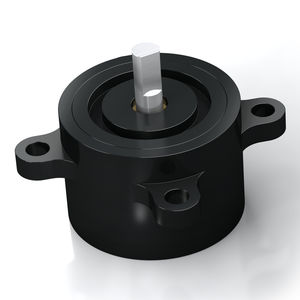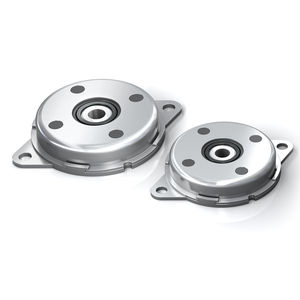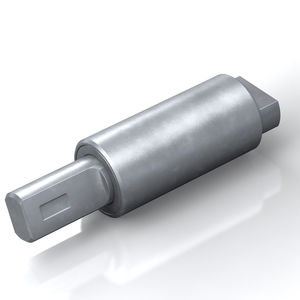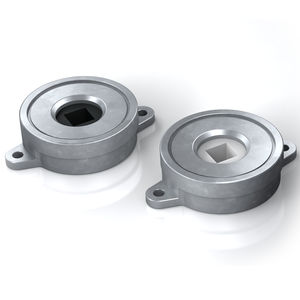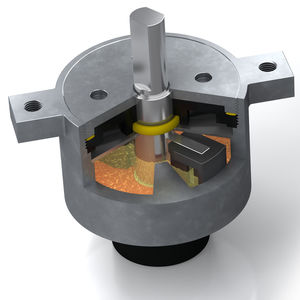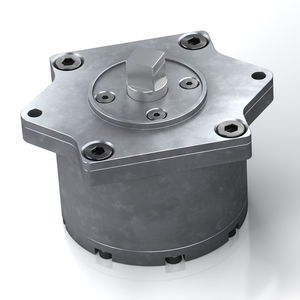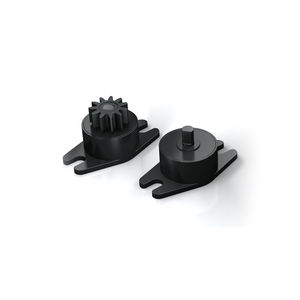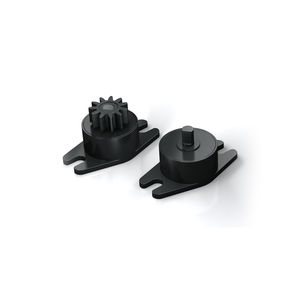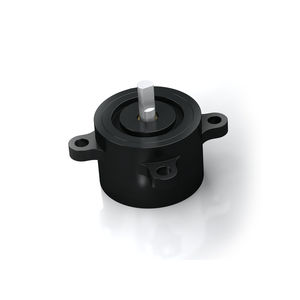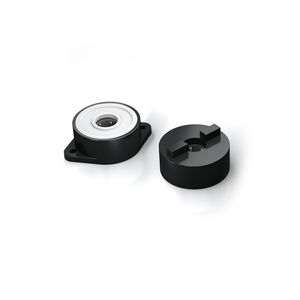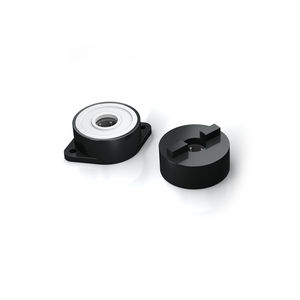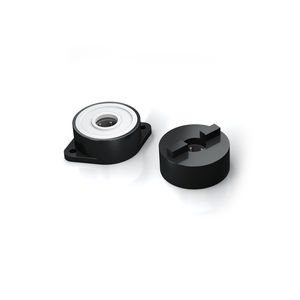
- Materials - Tools - Components
- Standard Mechanical Component
- Rotary damper
- ACE Stoßdämpfer GmbH
- Company
- Products
- Catalogs
- News & Trends
- Exhibitions
Rotary damper FDTmechanicalsteelrobust

Add to favorites
Compare this product
Characteristics
- Function
- rotary
- Technology
- mechanical
- Material
- steel
- Other characteristics
- robust, bidirectional
- Load capacity
Max.: 8.7 N
Min.: 2 N
Description
The flat disc brake for two-sided damping
Continuous Rotation
The damping direction of the flat constructive ACE rotary damper FDT with robust steel body is two-sided rotation. It can brake directly in the pivot point of the square receptacle. ACE rotary dampers are maintenance-free and ready-to-install.
Damping direction bidirectional
Construction size Ø 47 mm to 70 mm
Rotational speed max. 50 rpm
Lifetime 50,000 cycles (1 cycle = 360° left-hand, 360° right-hand). Even after this time, the dampers still produce over approx. 80 % of their original damping moment. The service life may be significantly higher or lower, depending on the application.
Operating temperature range -10 °C to +60 °C
Material Outer body: steel; Output shaft sleeve: nylon
Mounting in any position
Rotary Dampers - FDT
Opening and closing mechanisms for machine protection hoods
To exclude the possibility of injury when using bread slicing machines on self-service counters, the automatic bread slicing process does not start until the flap of the modern machine is closed. To simplify the operation and to thereby increase...
FDT Protective flap on bread slicing machines
FDT - Steering damping rotary brakes
Rotary Dampers - FDT
Steering stabilisation for toboggans and sport vehicles
In this innovative tobogganing vehicle called Pistenbock-Cross rotation dampers from ACE come into action. These help to effectively damen unexpected steering turns and smooth the overall process to improve driving comfort and safety. Two FDT...
Catalogs
Main Catalog 2018
294 Pages
Related Searches
- Machine foot
- ACE anti-vibration mount
- ACE shock damper
- ACE hydraulic damper
- ACE mechanical damper
- ACE metal anti-vibration mount
- Metal foot
- Leveling foot
- ACE metal damper
- ACE industrial damper
- ACE rubber anti-vibration mount
- Elastomer foot
- ACE machine damper
- ACE plastic damper
- ACE vibration damper
- ACE gas spring
- ACE cylindrical anti-vibration mount
- ACE piston damper
- ACE adjustable damper
- ACE steel damper
*Prices are pre-tax. They exclude delivery charges and customs duties and do not include additional charges for installation or activation options. Prices are indicative only and may vary by country, with changes to the cost of raw materials and exchange rates.







